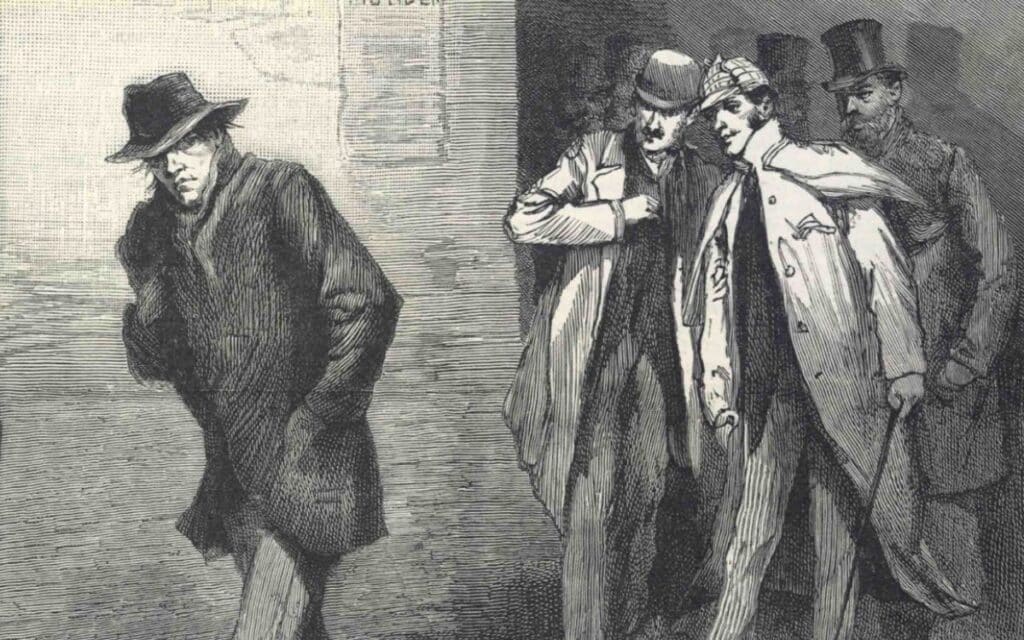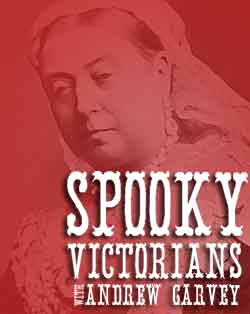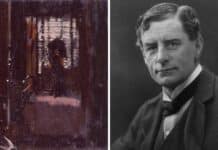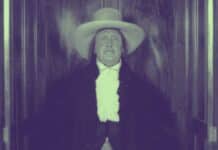Within months of the Jack the Ripper murders, Whitechapel entrepreneurs were keen to make a quid from the public fascination surrounding the case, says ANDREW GARVEY

Shocking, violent tragedies for the few often inspire entertainment for the many. 1940s and ‘50s American serial killer Ed Gein inspired the onscreen adventures of Norman Bates, Leatherface and Buffalo Bill, and plenty more. Usually, there’s a fair few years between a killer’s capture/trial/death and the seemingly inevitable big screen or bargain bin DVD re-telling but sometimes the film appears with quite indecent haste.
In April 1971, the Zodiac Killer (a little-remembered film easily bettered by David Fincher’s 2007 effort, Zodiac) cheaply and hamfistedly told the fictionalised story of the still-unknown Californian serial killer who was continuing with his habit of writing to the media and boasting of his crimes just a couple of weeks before the premiere. Later that same year, Dirty Harry was on the trail of ‘Scorpio’, a villain clearly inspired by the same, still-mysterious murderer.
Think this kind of quick cash-in is something new? Think again.

At least one entrepreneurial Victorian didn’t let something as trivial as the fact motion picture cameras hadn’t yet been invented stop him making a few quid riding the bloody coat tails of Jack Ripper. And he did so just months, even weeks, after Jack’s horrific heyday, and in the same neighbourhood.
The Saturday 9th February 1889 edition of the Era reported that one Thomas Barry had been up before the Central criminal Court after local residents had complained about a penny show he operated from two shops at 106 and 107 Whitechapel Road which featured “the Whitechapel murders of ‘Jack the Ripper’, various fat people and dwarfs and all kinds of monstrosities.”
With a bearded lady “half a gorilla and half a woman”, a monstrously fat French woman and a female boxer as major attractions, the show’s attitude to women wasn’t exactly enlightened, even for the time but, according to the police constable giving evidence, the crowd of 200 or so he witnessed milling about, gawking and generally causing a nuisance were pulled in by the Ripper:
“The pictures that attracted most attention were those relating to the Whitechapel murders, exhibited at Shop No. 106. One picture showed six women lying down injured and covered with blood, and with their clothes disturbed.”
Local businessmen complained of the fall in their own trade due to the noise generated by Barry’s employees yelling about the show to potential customers and the row caused by “a barrel-organ grinding, a fog-horn blowing and a gong being beaten.”
Despite removing the Ripper pictures and the barrel-organ months previously (meaning the pictures were actually up within weeks of the killings) Barry was found guilty and ordered to put up £100 of his own money, to be forfeited if he was brought before the court again. In reaching their verdict, the Court appears not to have taken into account the dubious taste of Barry’s enterprise and the newspaper notes that “the only object of the prosecution was to stop a nuisance” suggesting the exploitation of the recently slain really wasn’t a big deal for the Victorian authorities.









